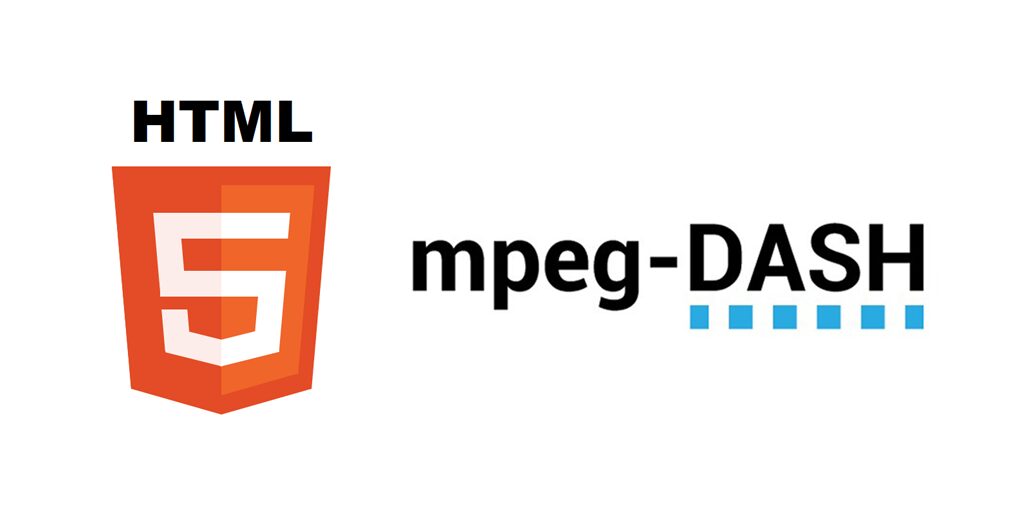MPEG-DASH (Dynamic Adaptive Streaming over HTTP) is a technology used for streaming video over the internet. It allows videos to be delivered smoothly and efficiently, even on networks with varying speeds. This is achieved by breaking the video into small segments and adjusting the quality of these segments based on the user’s internet connection.
What is MPEG-DASH?
MPEG-DASH is a streaming protocol developed by the Moving Picture Experts Group (MPEG). It stands for Dynamic Adaptive Streaming over HTTP. Unlike traditional streaming methods, which use a constant bitrate, MPEG-DASH adapts the quality of the video stream in real time. This means if your internet connection slows down, MPEG-DASH will lower the video quality to prevent buffering. If your connection improves, it will increase the quality to give you the best viewing experience possible.
MPEG-DASH works by splitting the video into small chunks, typically a few seconds long. Each chunk is available in different quality levels. The video player on your device selects the appropriate quality level for each chunk based on your current internet speed. This ensures that the video plays smoothly without interruptions.
What is MPEG-DASH used for?
MPEG-DASH is used for delivering video content over the internet. It is commonly used by streaming services, broadcasters, and content delivery networks (CDNs) to provide a seamless viewing experience. Some of the key uses of MPEG-DASH include:
- Video Streaming Services: Platforms like YouTube, Netflix, and Hulu use MPEG-DASH to stream videos to their users. It helps them manage varying internet speeds and provide high-quality video without buffering.
- Live Streaming: MPEG-DASH is also used for live streaming events such as sports, concerts, and news broadcasts. It allows viewers to watch live content with minimal delay and without interruptions.
- On-Demand Video: For on-demand video content, such as movies and TV shows, MPEG-DASH ensures that users can start watching instantly and enjoy a high-quality viewing experience throughout.
- Educational Platforms: Online learning platforms use MPEG-DASH to deliver lectures and course materials. This helps ensure that educational videos are accessible to students with different internet speeds.
MPEG-DASH Players
To play videos streamed using MPEG-DASH, you need a compatible video player. There are several MPEG-DASH players available, each with its own features and capabilities. Some of the popular MPEG-DASH players include:
- Shaka Player: Developed by Google, Shaka Player is an open-source JavaScript library for playing MPEG-DASH and HLS (HTTP Live Streaming) content. It is widely used for its reliability and performance.
- dash.js: An open-source reference player maintained by the DASH Industry Forum. It is a JavaScript library that enables playback of MPEG-DASH streams in web browsers.
- Bitmovin Player: A commercial video player that supports MPEG-DASH, HLS, and other streaming protocols. It offers advanced features such as DRM (Digital Rights Management) support, analytics, and adaptive streaming.
- JW Player: A popular video player that supports multiple streaming protocols, including MPEG-DASH. It is known for its ease of use and extensive customization options.
- THEOplayer: A commercial HTML5 video player that supports MPEG-DASH, HLS, and other streaming formats. It offers features such as low latency, DRM support, and comprehensive analytics.
These players help ensure that users can enjoy smooth and high-quality video streaming experiences, regardless of their device or internet connection.
MPEG-DASH is a powerful and flexible streaming protocol that enhances the delivery of video content over the internet. By adapting to varying network conditions, it provides a seamless and enjoyable viewing experience for users around the world.
















